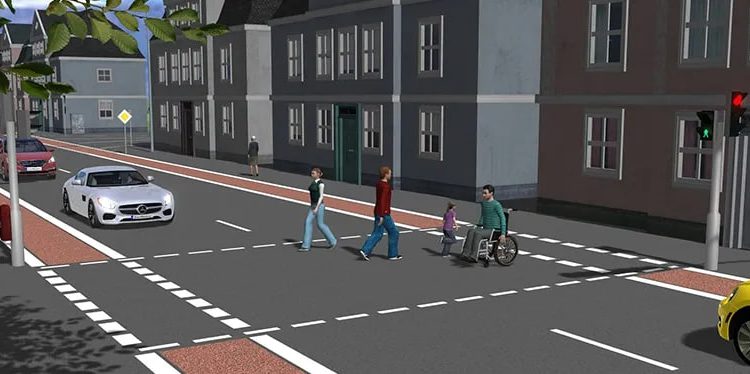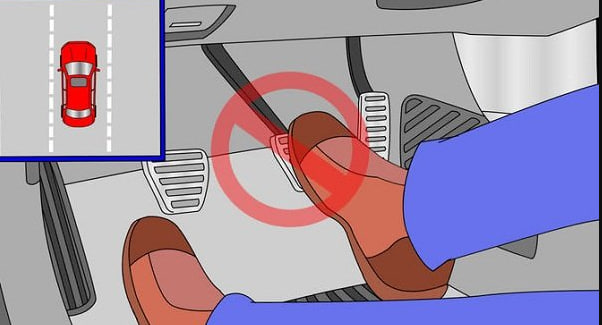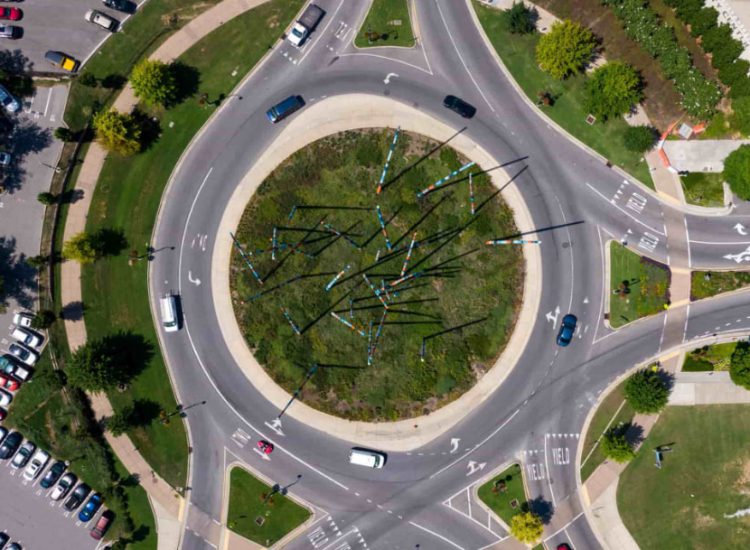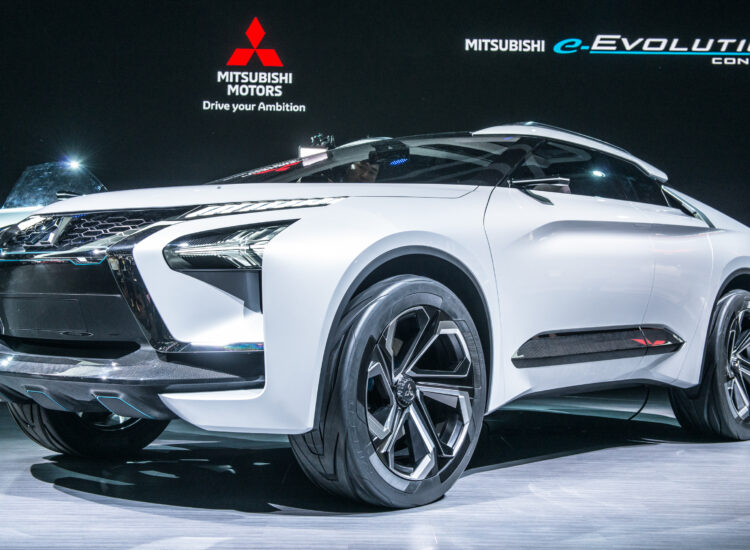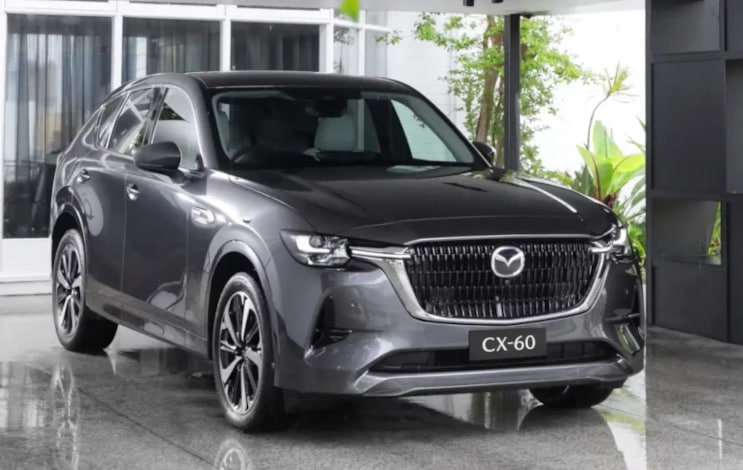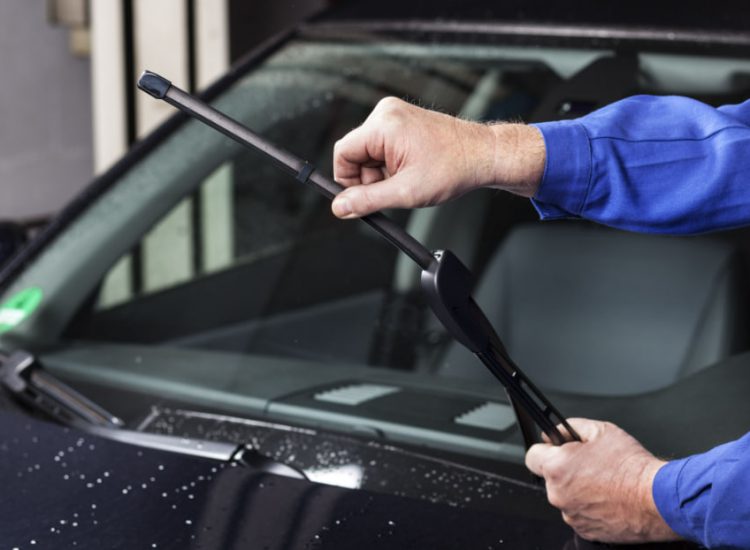Driving on a foggy road can be a nerve-wracking experience for many people. The reduced visibility and unpredictable conditions can make even the most seasoned drivers feel uneasy. However, it’s important to remember that with the right preparation and mindset, navigating a foggy road can also be an opportunity for growth and learning.this , we will explore some important experiences that drivers may encounter when driving on a foggy road, and how these experiences can help us become better and safer drivers in the future.
Toc
Driving experience in foggy weather

Driving in foggy weather can be an intimidating experience, even for the most experienced drivers. The reduced visibility and hazardous road conditions can make it difficult to navigate safely and confidently. However, with the right preparation and caution, you can still enjoy a safe and enjoyable driving experience in foggy weather.Here are some tips to help you navigate the foggy weather with greater confidence:
1. Slow down and keep a safe distance.
Reduced visibility means that your reaction time will be slower, so it’s important to slow down and keep a safe distance from other vehicles. This will give you more time to react to any sudden changes in traffic or road conditions.
2. Use your headlights and fog lights.
Turning on your headlights and fog lights can help increase your visibility and make it easier for other drivers to see you. However, be sure to use them correctly – fog lights are designed to be used in foggy conditions, so make sure to turn them off when the fog clears.
3. Avoid sudden movements.
In foggy weather, sudden movements can be dangerous. Make sure to signal any turns or lane changes well in advance, and avoid sudden braking or acceleration.
4. Stay in your lane.
Staying in your lane can help you stay on course and avoid collision. If you need to change lanes, make sure to do so slowly and carefully, and only when it’s safe to do so.
5. Use your windshield wipers and defroster.
Foggy weather can also cause your windshield to fog up, so it’s important to use your windshield wipers and defroster to keep your windshield clear. This will help improve your visibility and keep you safe on the road.
1. https://suvwars.com/archive/504/
2. https://suvwars.com/archive/287/
3. https://suvwars.com/archive/354/
6. Keep your windows and mirrors clean.
Dirty windows and mirrors can make it even harder to see in foggy conditions, so it’s important to keep them clean. Make sure to clean your windows and mirrors before driving and periodically throughout your trip.
7. Stay alert and focused.
Driving in foggy conditions requires extra concentration and focus. Make sure to stay alert and avoid any distractions while driving. This will help you react quickly and avoid any accidents.
In summary, driving in foggy weather can be a challenge, but by following these tips, you can stay safe and confident on the road. Remember to slow down, use your lights and signals correctly, and stay alert and focused. With the right preparation and caution, you can enjoy a safe and enjoyable driving experience in even the foggiest conditions.
Turn on the fog lights
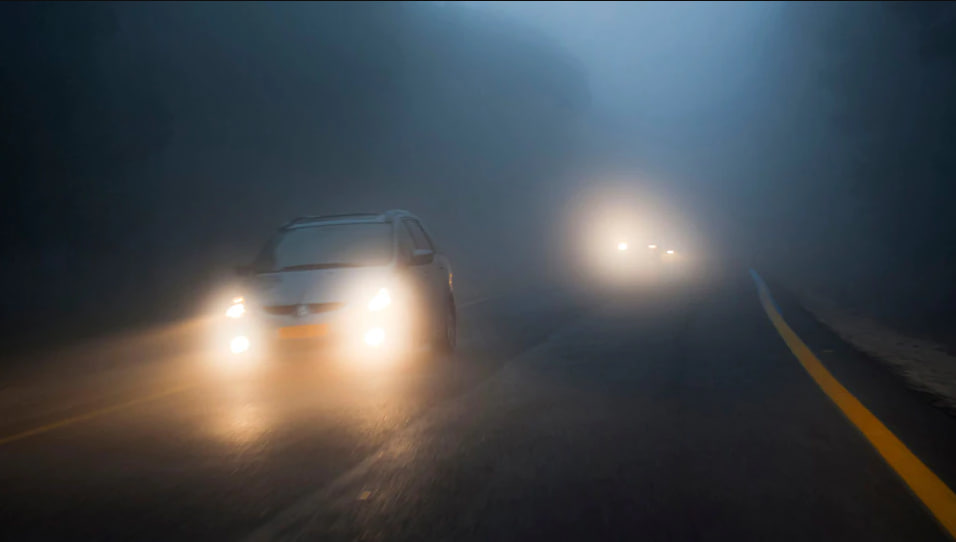
Fog lights are a type of automotive lighting that is designed to help drivers see better in foggy weather. They are located at the front of the vehicle and are typically mounted low on the bumper. Unlike regular headlights, fog lights are angled downward to project light closer to the ground.
Why Turn on Fog Lights in Foggy Weather?
The main reason to turn on your fog lights in foggy weather is to improve your visibility. Fog lights are designed to cut through fog and provide a clearer view of the road ahead. They can also help other drivers see you better, reducing the risk of a collision.
In addition to improving your visibility, fog lights can also help you avoid glare and reflections. When regular headlights are on in foggy weather, the light can reflect off the fog and create a blinding glare that makes it difficult to see. Fog lights, on the other hand, are positioned low and are angled downward, reducing the chance of glare and making it easier to see the road ahead.
When Should You Turn on Fog Lights?
The general rule of thumb is to turn on your fog lights when visibility is reduced to 100 meters or less. This can happen in a variety of weather conditions, such as fog, mist, rain, snow, or smoke. If you’re not sure whether you should turn on your fog lights, it’s better to err on the side of caution and turn them on.
It’s important to note that fog lights are not a substitute for regular headlights. You should still use your headlights in addition to your fog lights, especially if you are driving in low-light conditions or at night.
Tips for Using Fog Lights Safely
While fog lights can be helpful in foggy weather, it’s important to use them safely to avoid causing accidents or distracting other drivers. Here are some tips for using fog lights:
1. https://suvwars.com/archive/504/
2. https://suvwars.com/archive/354/
3. https://suvwars.com/archive/287/
- Only use fog lights when visibility is reduced to 100 meters or less
- Turn off your fog lights when visibility improves
- Use your regular headlights in addition to your fog lights
- Avoid using high beams in foggy weather, as they can reflect off the fog and create glare
- Don’t rely solely on fog lights to navigate through foggy weather – slow down and be extra cautious
Driving in foggy weather can be challenging, but turning on your fog lights can significantly improve your visibility and reduce the risk of a collision. Remember to use your fog lights only when visibility is reduced to 100 meters or less, and use them in conjunction with your regular headlights. Stay safe on the road by being aware of your surroundings and taking extra precautions in adverse weather conditions.
Shift to low gear
Driving in foggy weather can be a challenging experience, even for the most experienced drivers. The reduced visibility can make it difficult to see other vehicles, pedestrians, and even road signs. It’s important to take extra precautions when driving in foggy weather to ensure your safety and the safety of others on the road.One of the most important things you can do when driving in foggy weather is to shift to a lower gear. This will allow you to slow down without having to rely solely on your brakes, which can be dangerous in low visibility conditions. By shifting to a lower gear, you can reduce your speed gradually and safely.
Driving in a lower gear also gives you more control over your vehicle. It makes it easier to accelerate and decelerate smoothly, which can be important when navigating through dense fog. This can help to prevent sudden stops or jerky movements that could lead to a collision.
In addition to shifting to a lower gear, it’s important to use your headlights appropriately in foggy weather. Turn on your low-beam headlights to increase your visibility without reflecting off the fog and creating glare that could impair your vision. Avoid using your high-beam headlights, as this can create even more glare and reduce your visibility.
It’s also important to maintain a safe distance from other vehicles when driving in foggy weather. The reduced visibility can make it difficult to judge distances accurately, so it’s best to stay further back than you would in normal driving conditions. This will give you more time to react if the vehicle in front of you stops suddenly or swerves unexpectedly.
If the fog becomes too dense to drive safely, pull over to the side of the road and turn on your hazard lights. Wait until the fog clears before continuing on your journey. It’s better to arrive late than not at all.
In conclusion, shifting to a lower gear is a simple but effective way to improve your safety when driving in foggy weather. It allows you to slow down gradually and maintain control over your vehicle, which can help to prevent accidents. Remember to use your headlights appropriately, maintain a safe distance from other vehicles, and pull over if the fog becomes too dense to drive safely. Stay safe on the roads!


